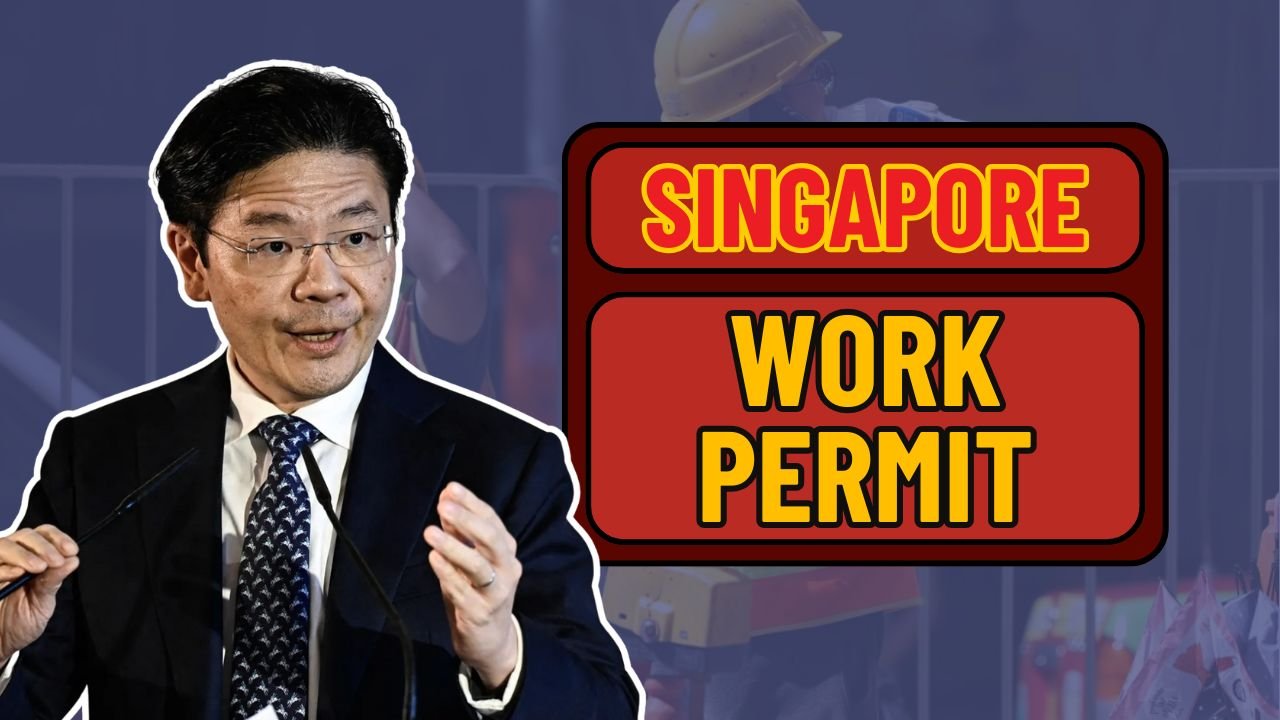The Singapore government has announced major updates to the Work Permit system for 2025. These changes affect how companies hire and manage foreign workers, ensuring fair employment practices while keeping the labour market strong and competitive. Employers and workers are encouraged to understand the new policies thoroughly to avoid compliance issues and take advantage of the improved system.
Overview of the Updated Work Permit System
In 2025, Singapore revised its work permit framework to meet the country’s economic and manpower needs. The updated policy focuses on balancing opportunities between local and foreign workers. Companies are required to follow stricter quota limits, higher employment standards, and clear reporting procedures. These reforms ensure that foreign workers are treated fairly while local workers continue to have priority in job placements.
Key Rules and Eligibility Criteria

The new system includes changes to age requirements, stay duration, and quota regulations. It also revises employer responsibilities for levies, medical care, and insurance. The table below summarises the major criteria and updates under the 2025 Work Permit framework.
| Category | Requirement |
|---|---|
| Minimum Age | 18 years old |
| Maximum Age for New Applicants | 61 years |
| Transitional Age for Existing Workers | Up to 63 years in selected sectors |
| Maximum Stay Duration | No fixed limit, depends on renewal eligibility |
| Quota Rules | Based on industry and company workforce size |
| Insurance Coverage | Mandatory for all foreign employees |
| Onboarding Programme | Required for Construction, Marine, and Process sectors |
These new regulations are aimed at promoting sustainability in the labour market and maintaining a fair balance between local and foreign employment.
Step-by-Step Application Process
Here is a general workflow for applying for a Work Permit in Singapore under the 2025 updates:
- Check eligibility: Confirm that the foreign candidate meets age, education/skill, and medical fitness requirements.
- Assess quota and sector limits: Verify that hiring this worker does not breach the dependency or quota ceiling for your company.
- Prepare supporting documents: Identity proof, certificates, medical reports, employer declarations, etc.
- Submit application: Use the Ministry of Manpower’s (MOM) online portal with all required fields and attachments.
- Pay required fees: Submit levy, bond, onboarding programme charges, and any processing fees.
- Wait for assessment: The MOM reviews against policy, quota, and documentation.
- Receive decision and permit: If approved, the work permit is issued with terms and validity dates.
- Onboard the worker: Conduct the mandatory orientation for sectors that require it.
- Ongoing compliance: Keep up medical checkups, insurance, levy payments, and renew before expiry
Employer Responsibilities Under the 2025 Rules
The updated framework places stronger emphasis on employer accountability. Companies are expected to provide proper working conditions and meet all financial and welfare obligations for their foreign staff.
Key employer duties include:
- Paying the monthly or prorated levy according to sectoral guidelines
- Covering the costs of pre-employment and annual medical examinations
- Providing valid health insurance under the Primary Care Plan
- Depositing a security bond for non-Malaysian workers
- Booking and paying for the required onboarding training sessions
These responsibilities ensure that foreign workers receive fair treatment and proper support while working in Singapore.
Impact of the 2025 Work Permit Changes
The new work permit regulations reflect Singapore’s goal of maintaining a strong, fair, and competitive labour market. For employers, the reforms mean stricter compliance and higher accountability, but they also provide greater flexibility in retaining skilled workers. For employees, the revised age limit and improved health and insurance coverage offer better security and work-life stability. Overall, the 2025 changes aim to create a more balanced workforce where both local and foreign workers can contribute to Singapore’s economic progress

